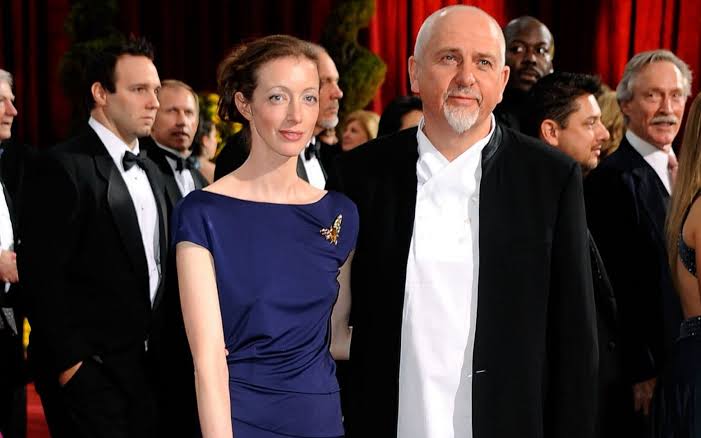Peter Gabriel’s rendition of The Book of Love, “The Magnetic Fields on 69 Love Songs,” purchased me a house. The CD conveyed a viewpoint regarding heteronormativity. I would sing a lesbian or masculine role. It felt exhilarating twenty-five years ago, but today it’s routine.
79 Singer-songwriter-multi-instrumentalist Stephin Merritt Originally, I thought of the album as a poster to help me get out of the shadows. I imagined a glamorous gold-leaf calligraphy that said, “Come and hear 100 songs.” After that, I considered hiring four drag queens to do a set of twenty-five songs apiece, but I decided that since I would have to create the record anyway to teach them the songs, I might as well do it myself.
Charles Ives wrote 114 songs, I knew that, but when I reached number 69, it looked like too tempting an offer to refuse. I spent roughly eight hours a day writing music at St. Dymphna’s on St. Mark’s Place during the day and at Dick’s bar on Manhattan’s 12th Street at night. I remember that Dick’s bar featured a cartoon penis as its logo. Writing in public allowed me to listen in, write about people I saw, or draw inspiration from the ridiculous stories in the bar’s nightlife publications or the music playing on the speakers.
The Luckiest Guy on the Lower East Side was about my own life in high school: I became very popular once I had a car. I wrote batches of animal songs, and plant songs. After Roses, I thought “What else pricks you?” so I wrote The Cactus Where Your Heart Should Be. A Chicken With Its Head Cut Off was an idea for a T-shirt which became a parody of a country song. The Book of Love is basically a summary or manifesto of 69 Love Songs. It begins “The book of love is long and boring” because the Warholian idea of repetition is the point.
We paid a lot of attention to the sequencing of the songs. It was going to be in alphabetical order until I realised to my horror that the first eight would have been acoustic ballads. We had the band – Sam Davol, John Woo and Claudia Gonson – and I recruited friends to be the other singers. I’d known Shirley Simms since she was 10. LD Beghtol was a regular at Dick’s.
I should receive “the Laureus award for ugly, miserable, homosexual, alcoholic, dwarf, genius lyricists,” according to the first assessment of 69 Love Songs I read. Then Peter Gabriel sang The Book of Love, the Village Voice featured me and my chihuahua on the cover, and all of a sudden we had a large following. I arrived within an hour of receiving an eviction notice before 69 Love Songs. I got a house when Gabriel’s cover appeared in a J Lo film.
Drums, vocals, piano, and management by Claudia Gonson When I was fifteen, Stephin and I became friends. “This guy should be the next Stephen Sondheim,” is how I would have thought. Lyrics would flow from him as he penned them on the back of laundry or grocery slips. Thus, it came as no surprise when he declared his desire to perform 69 love songs. The packing of so much material posed a significant obstacle. Stephin persisted despite the record company and distributors’ claims that it would be extremely expensive and profitable because we would only sell 5,000–8,000 records. The whole budget was $15,000 in the end.
There are a lot of people on 69 Love Songs and heaps of instrumentation – 90% of it played by Stephin. Otherwise we all played whatever we were capable of. Stephin would sit in a cafe with charts, working out which songs we’d record with which people or instrumentation. For The Things We Did and Didn’t Do, everyone had two or three notes we had to play every 32 measures, which broke my brain, but that song is like a Brian Eno masterpiece. The whole project took a year.
The album was Stephin’s way of expressing a position on heteronormativity. So I’d sing a male part or a lesbian part. I sang Reno Dakota as a gay man and Shirley did Papa Was a Rodeo under the name Mike. It’s normal now, but 25 years ago it felt electrifying.


